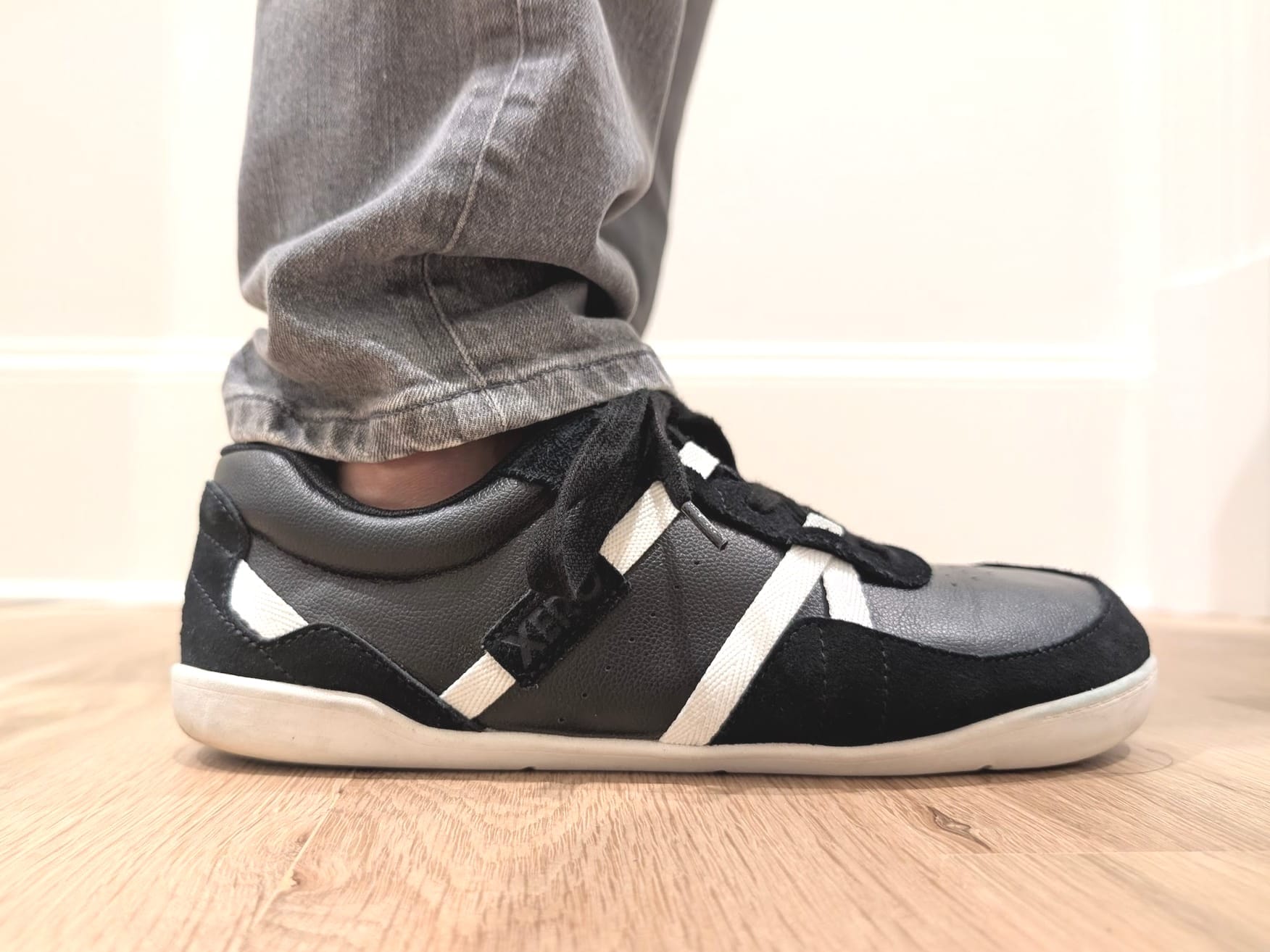VivoBarefoot Gobi 2 Hopewell Boot Review
Almost exactly two years ago I reviewed the Vivo Barefoot Gobi on this site. The Gobi is a desert boot that took the ever-popular Vivo Barefoot Ra clean-cut style and made it a boot. (Note: You can find some heavily discounted Vivo Gobis and Ras — the…
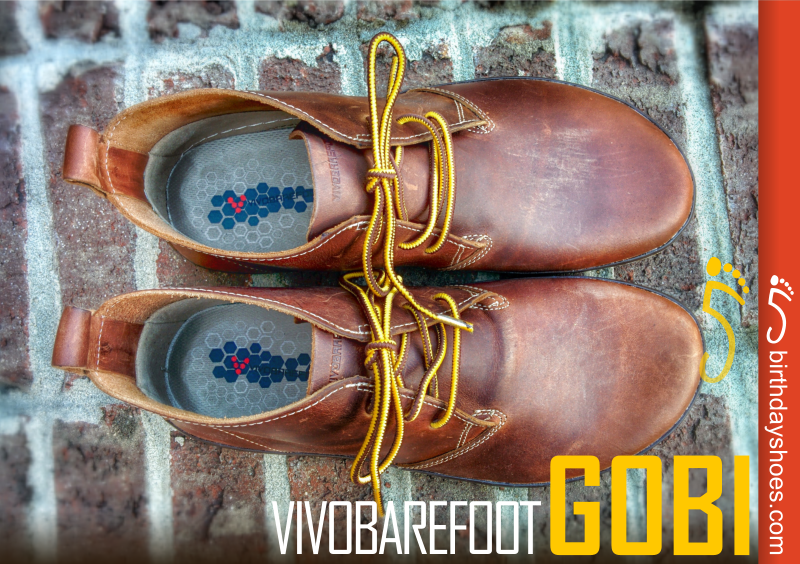
Almost exactly two years ago I reviewed the Vivo Barefoot Gobi on this site. The Gobi is a desert boot that took the ever-popular Vivo Barefoot Ra clean-cut style and made it a boot. Note: You can still find some significantly discounted Vivo Gobis and Ras — the original versions, anyway — in a couple places. You'll want to skip to the end for that!
Today, I'll be reviewing the Vivo Barefoot Gobi II. What's the Gobi II (and how does it differ from the original)? New to the Gobi and curious to learn more? Read on!
The Boots
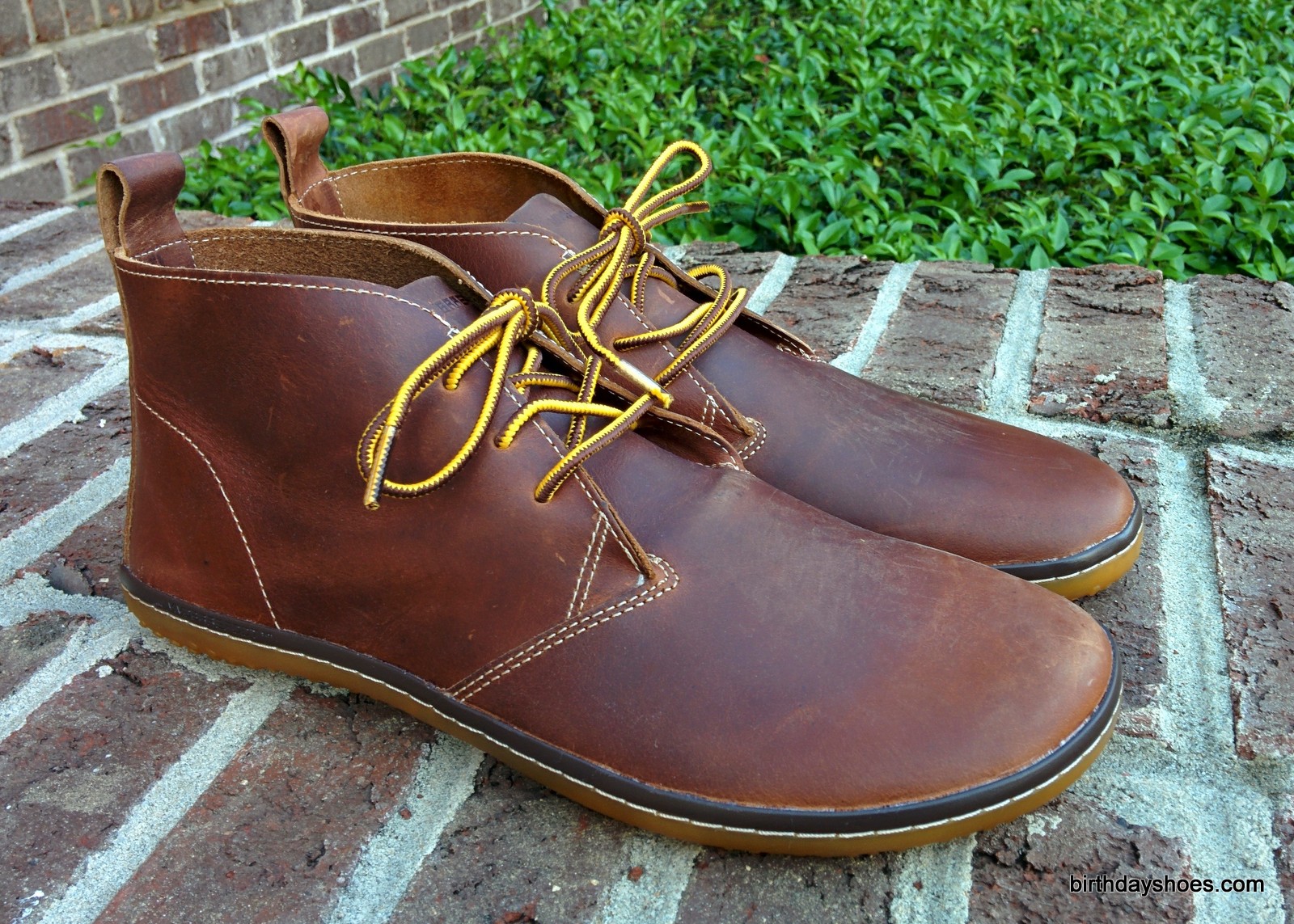
Here is what VivoBarefoot says about the Gobi II:
Retail
Sounds about right.
From Gobi (1) to Gobi 2: A few of you who have the Gobi might be wondering what's changed going from Gobi 1 to 2. It's probably not obvious, but there are a couple significant changes:
- The Gobi II has a new last that is more narrow than the original Gobi. You can see a comparison via this photo. I don't have overly-wide feet but based on at least a couple reviews over at Zappos the new last is too narrow for some who enjoyed the original Gobi.
- As an extension of the new last, the Gobi 2 has a new sole. If you've owned any of the more-minimalist of Vivo's offerings over the last few years, you'll immediately see the difference in soles when you look at this photo. Based on a subjective analysis bending the soles side-by-side, I'd say that the Gobi II sole is just a little stiffer than the original Gobi. To my knowledge, it's no thicker though. More on the soles later.
For now, take a spin around the shoes via these photos:
The Soles

The Gobi 2 has a 3mm TPU sole Vivo has dubbed the "V-Life." It's a reboot of the sole Vivo's been using for the past few years and if I had to guess, it is an extension of Vivo's choice to narrow up the last of some of their shoes.
Why the change? One complaint about at least a few Vivo Barefoot shoes is they look over-wide up front—even clownish" (A Google Search for VivoBarefoot and clownish turns up almost 300 results).
Fashion and footwear don't always work well together (see high heels or men's dress shoes). There's also a compromise between having a large enough toe box and a too large toe box. What's the right balance? It's hard to say, exactly. For my feet, I can't say I've noticed any real difference in the feel or fit of the Gobi. However, I don't have particularly wide or high-volume (or high instep) feet. If any of those traits fit your feet, the Gobi II might not work for you.
To that point, you've settled on Vivo as your minimalist, everyday shoe of choice in the past, you may need to give these new lasts a test-run and see if they work or not.
Like all Vivo Barefoots, the Gobi II have a removable foam insole:
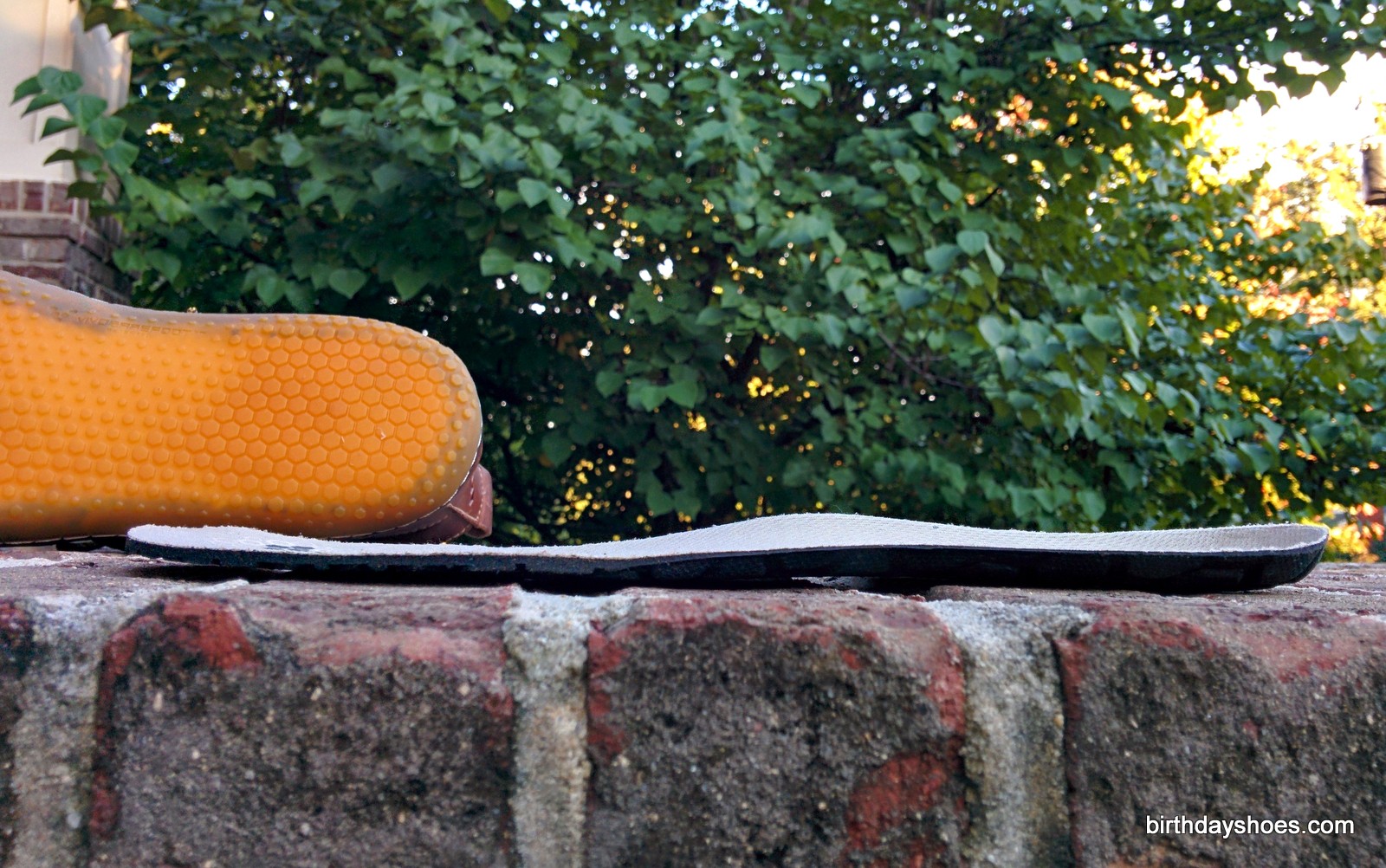
I opt for wearing my Vivo's with the insole as underneath that thin layer of foam are some exposed stitches. The insole is so thin and lacking in structure, it doesn't detract from the overall "barefoot" feel of the Gobi II. Of course, a little bit of foam will make for a more cushy ride; said another way, if you wear the Gobi 2's without the insole, you'll find the foot-feel a little more jarring—you'll want to walk a little more lightly.
Regarding the Gobi 2's "barefoot feel," despite the V-Life sole being a little less bendy relative to the now-deprecated original sole, ground feel is excellent in these shoes, you can expect to get a great sense of the textures beneath your feet.
Socks or no socks? That is the question! While my original Gobis were suede, the Gobi II Hopewell is a less soft leather. I've worn them sans socks all day and they are plenty comfortable worn this way; however, I'd not hesitate to wear my suede Gobis without socks as the leather just felt nice against my bare feet. I'm more on the fence about doing that with the Gobi II Hopewells. Mind, if you get the Gobi II in suede, you'll get the bareskin comfort of suede, too. Then again, as the Hopewell Gobi 2s are a bit more dressy, socks make some good sense!
The Looks
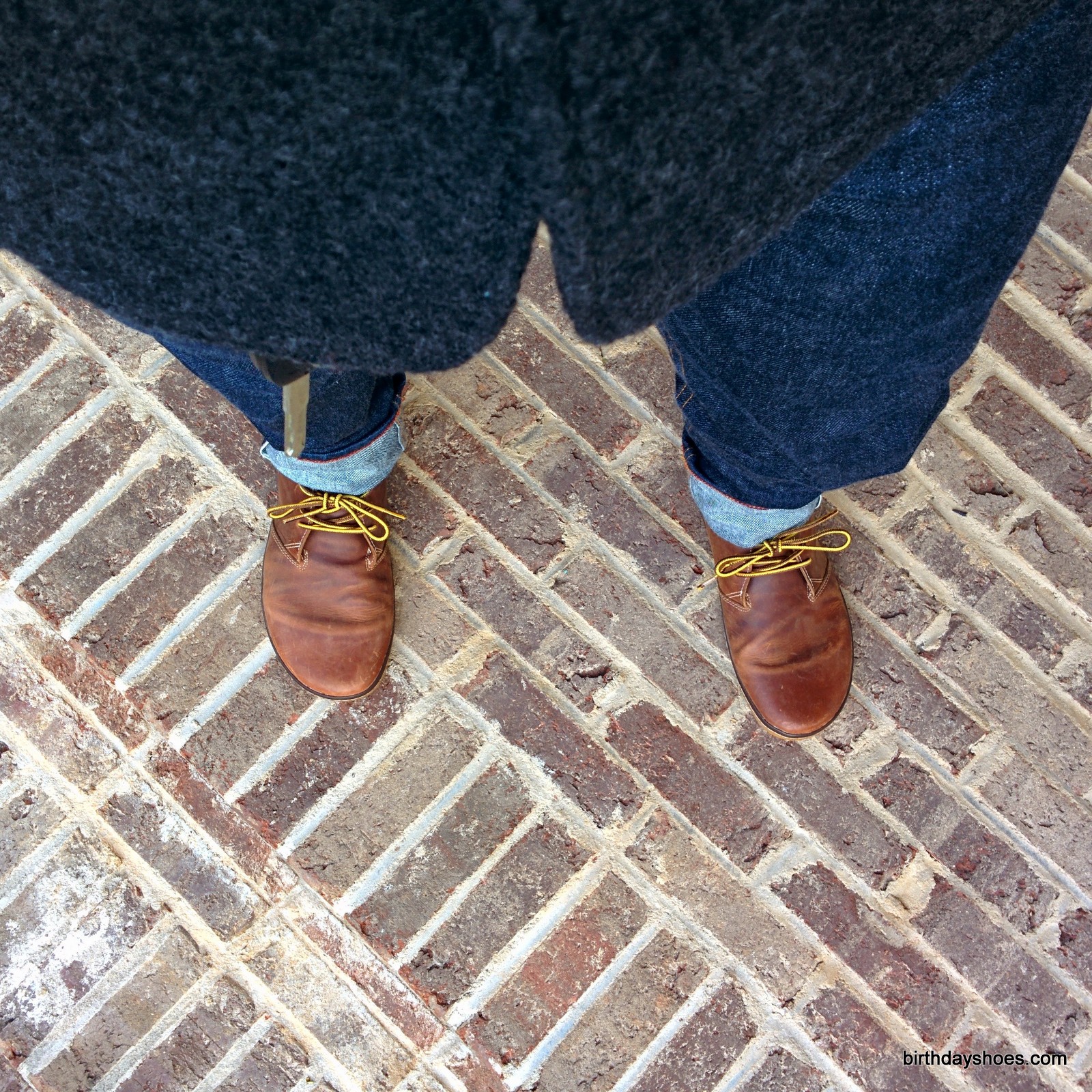
I recently reviewed the Vivo Barefoot "handcut" Porto. The Porto is by far the most dressy VivoBarefoot model I've ever owned and in the top tier of dressy "barefoot shoes." That said, the Porto comes with a serious pricetag of $400. By comparison, the Gobi 2 looks right at home with a pair of khaki pants or nice jeans — if you're into selvedge denim, you can see the Gobi 2s worn with some Gustin jeans
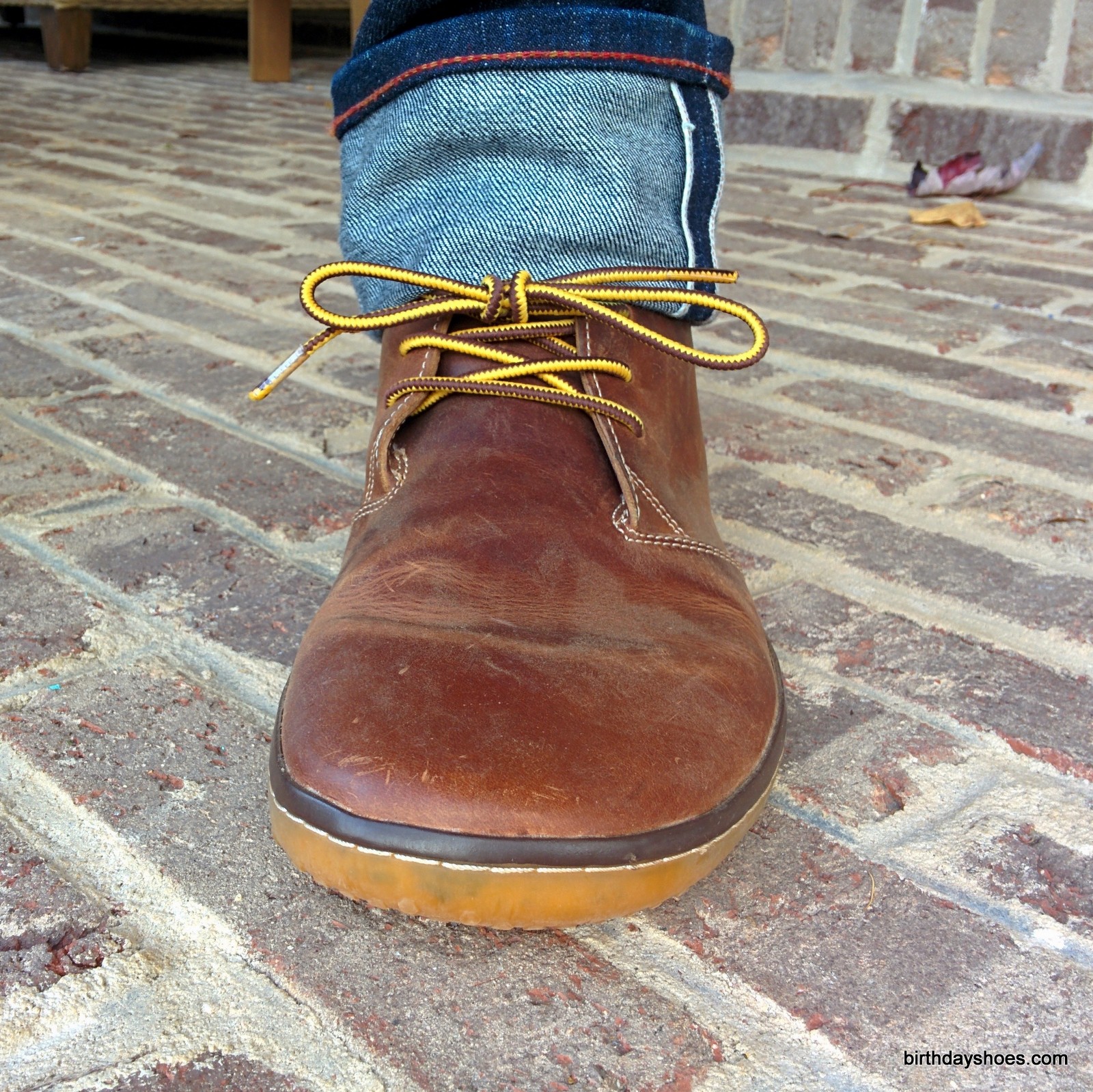
Note on the jeans
Selvedge jeans are an experience. You break the jeans in to you over time, which means that the denim fades in wears in places based on you. Over time, you get a custom pair of jeans. It's kinda fun and is almost a hobby for some. If you're interested in that kinda thing or curious and want to dabble with selvedge, use my invite link here to get $5 off at Gustin.
The leather on the Gobi II Hopewell marks in distinctive ways (compare the photo of them new here vs. worn, above). This surprised me at first—seeing how quickly the leather changed on wear—but after a day of wear, they don't seem to get particularly more distressed looking.
One thing you might notice based on the photos is how flat the Gobi II looks at the forefoot. That's not a trick of the eye—it really is that flat up front. This is a common thing with many VivoBarefoot shoes (scan some older reviews on BirthdayShoes here and you'll see what I mean). If you have a higher volume foot or instep, this could make the Gobi 2s not fit well on your feet. Something to keep in mind.
Overall, I like the brown tan leather of the Gobi II Hopewell. I also think that the less wide toe box improves the overall look of the boots (but at a price for some!).
But since it's easy to suggest improvements, I'll say that it'd be great if Vivo took the Gobi II and gave it the Oak's wallaby treatment. This would do two things that would improve the look of the Gobi. One, it would make them look a lot less "flat" up front as the elevated rim would give dimension to the forefoot of the boots. Two, it would make an otherwise wide toe box (even less so than the original Gobi) look more regular.
And while I'm at it: might I suggest Vivo brings back the Oak already? Still my favorite Vivo's of all time and still the Vivos I wear most regularly!
Conclusion
The Gobi 2 makes for an interesting evolution of the original Gobi. Some will appreciate the changes and others may not. I'm a little on the fence. For me, the narrow toe box is an overall, if only slight, improvement—I didn't feel the original Gobi looked as wide-footed as the Ra, but the Gobi 2 is a slightly more conventional looking shoe. That said, it is flatter up front (than the Gobi 1) in addition to being narrower. These are important considerations for at least some of us!
At the pricepoint, if you're looking to pick up a dressier pair of barefoot shoes, the Gobi 2 is worth consideration—it is certainly a lot more affordable than the Porto. And if you had to choose between Gobi 2 and Ra, the benefit of the Gobi 2 is a little more ankle coverage, which can be nice from a style-standpoint. Because of the changes to the last, if you're accustomed to a certain fit from Vivos, you might pick these up from an easy-to-return online retailer like Zappos.
—OR— You Can Get the Gobi at 50% off (While they last!)
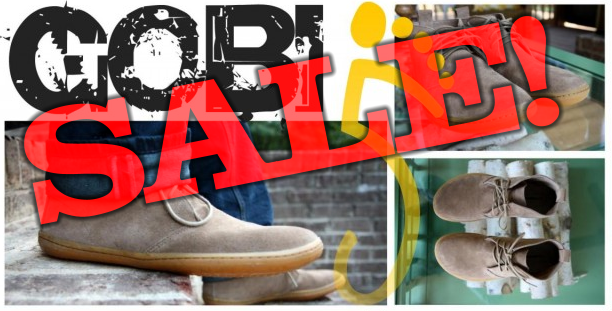
On the other foot, you can still find the original Gobi at a significant discount. One option is to hunt down a pair at 6pm (on sale for $80-90 or 40% off).
AN EVEN BETTER OPTION: Left Lane Sports. The first Gobi in a nice dark-brown suede is available in a number of sizes for $68 $51 in an early-Black Friday sale on 11/21/2014! That's good, but read on because it gets better.
Here's how to get the best deal: become a "member" of LeftLane using my invite to sign up and you'll get $10 credit off your first purchase over $50. More: you get free shipping on orders over $75. Here are the Gobi's at LeftLane (ignore the Pur varietals — different shoe entirely); note they list the Gobi II but not at a discount (for now!).
You can hunt down some other minimalist shoes at LeftLane to meet a threshhold:
Good luck!


